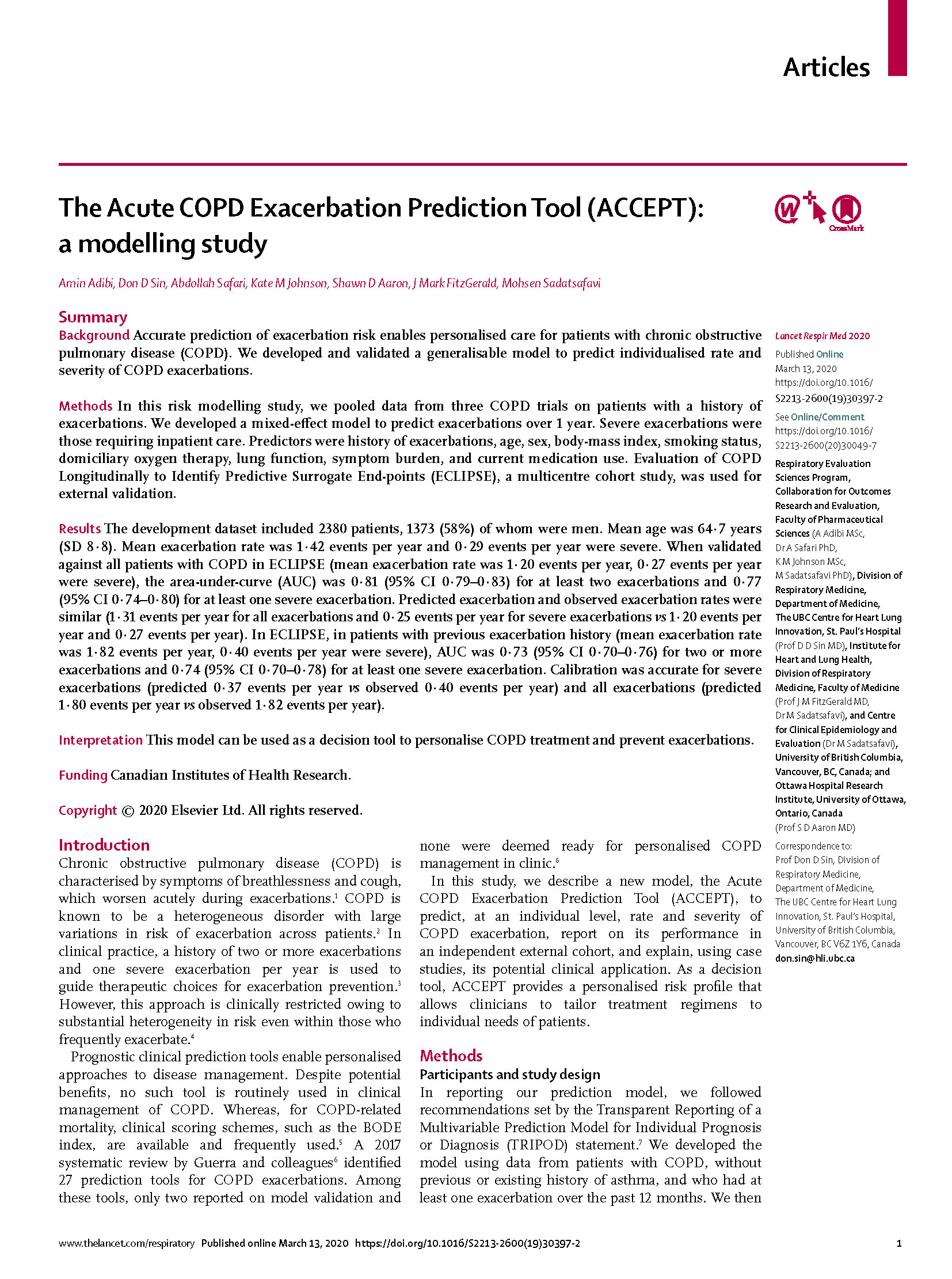
Acute COPD Exacerbation Prediction Tool (ACCEPT)
ACCEPT allows physicians to personalize the treatment of COPD patients based on predicted exacerbation risk.
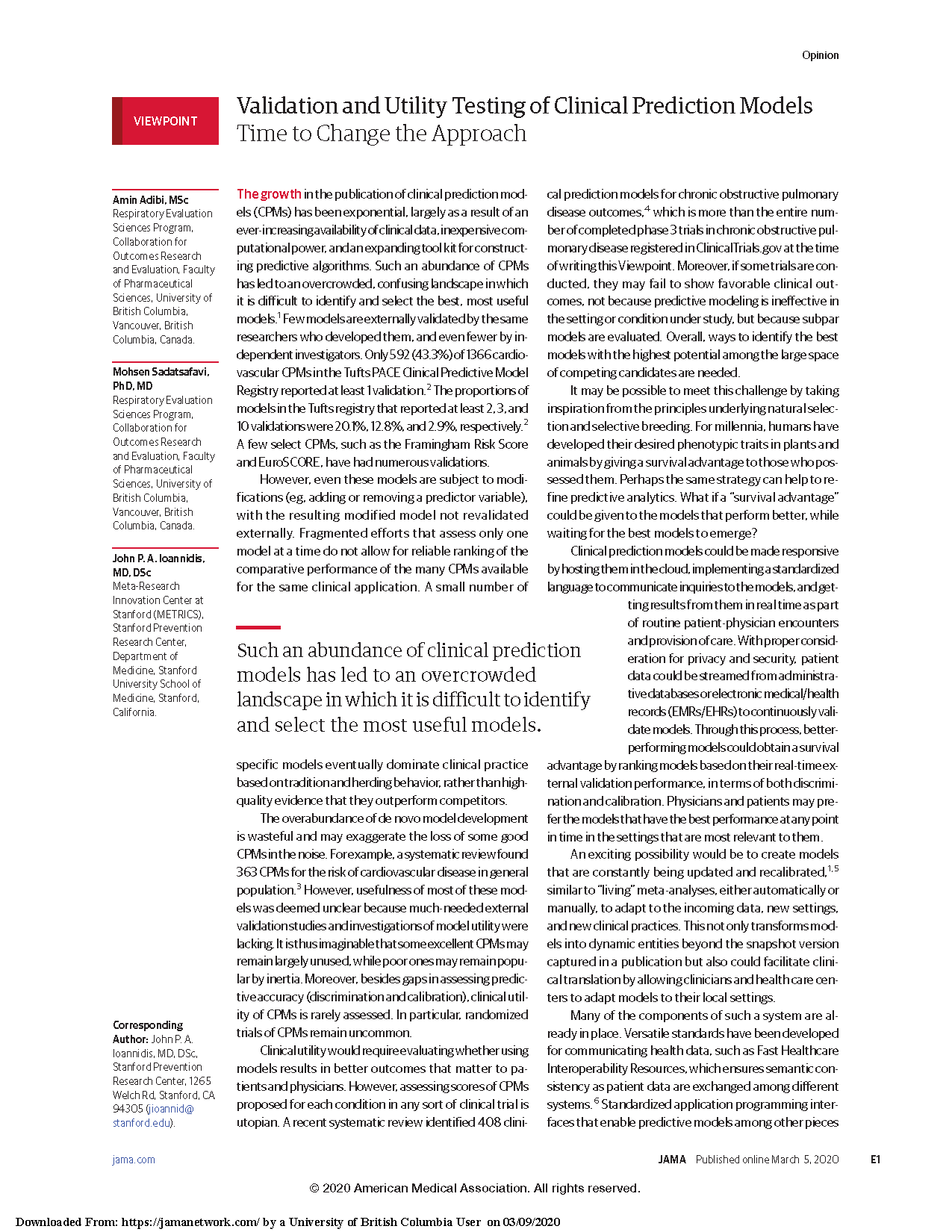
Survival of the fittest
For millennia, humans have developed their desired phenotypic traits in plants/animals by giving a survival advantage to those who possessed them. What if a “survival advantage” could be given to predictive models that perform better?
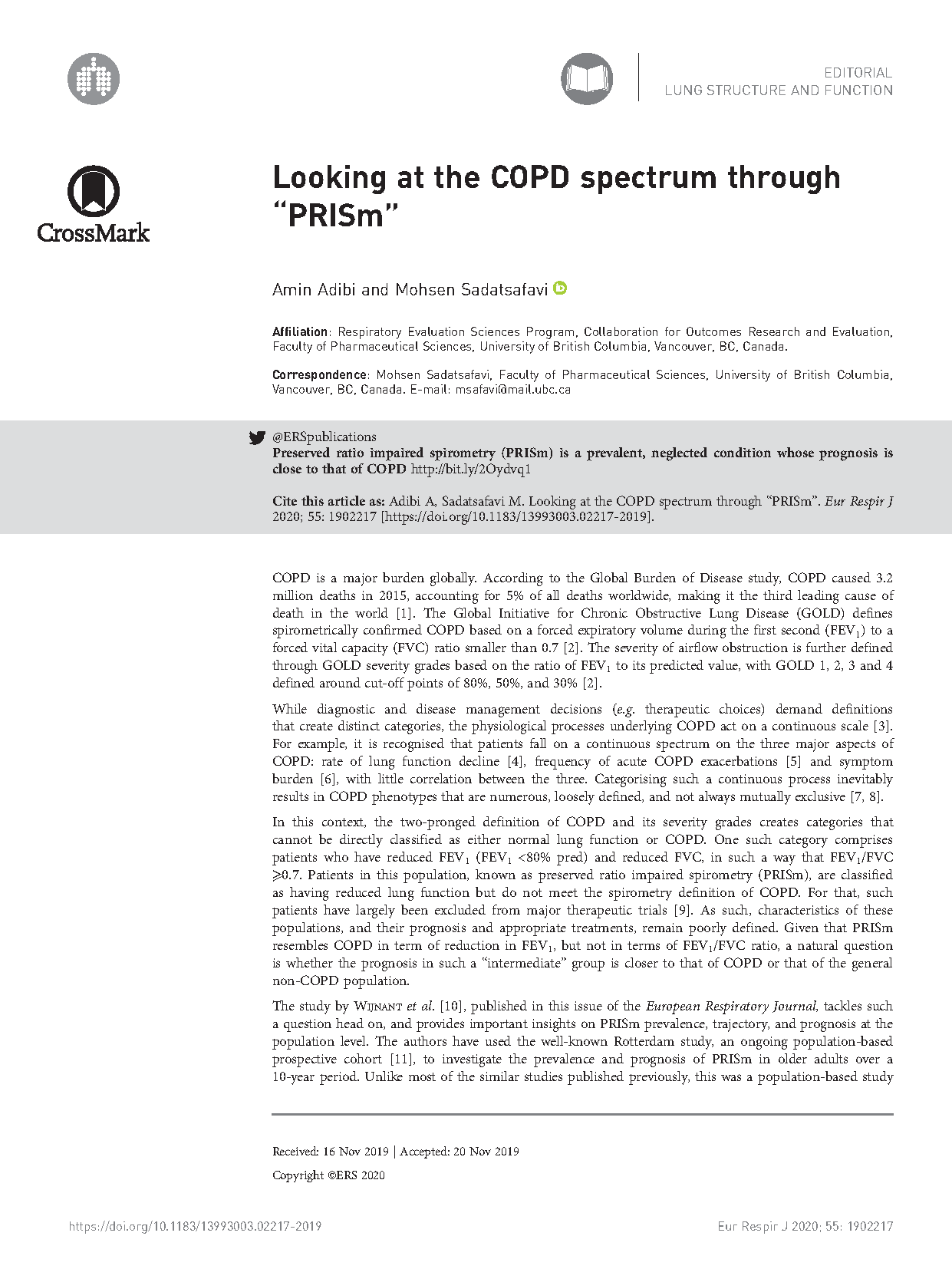
PRISm
Preserved ratio impaired spirometry (PRISm) is a prevalent, neglected condition whose prognosis is close to that of COPD
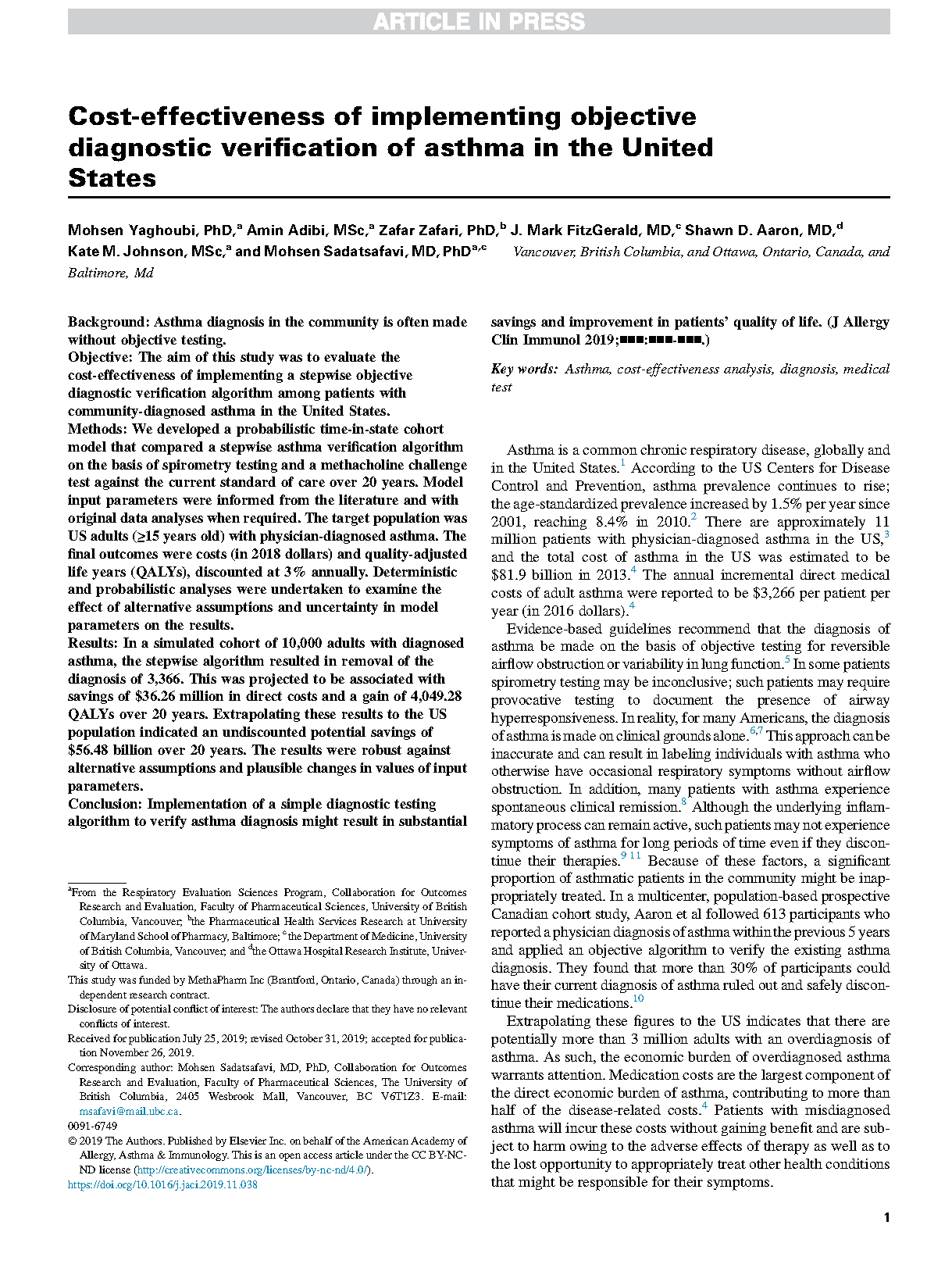
Asthma Dx
Objective diagnostic verification of asthma in the US could result in “potential saving of $56.48 billion over 20 years”.
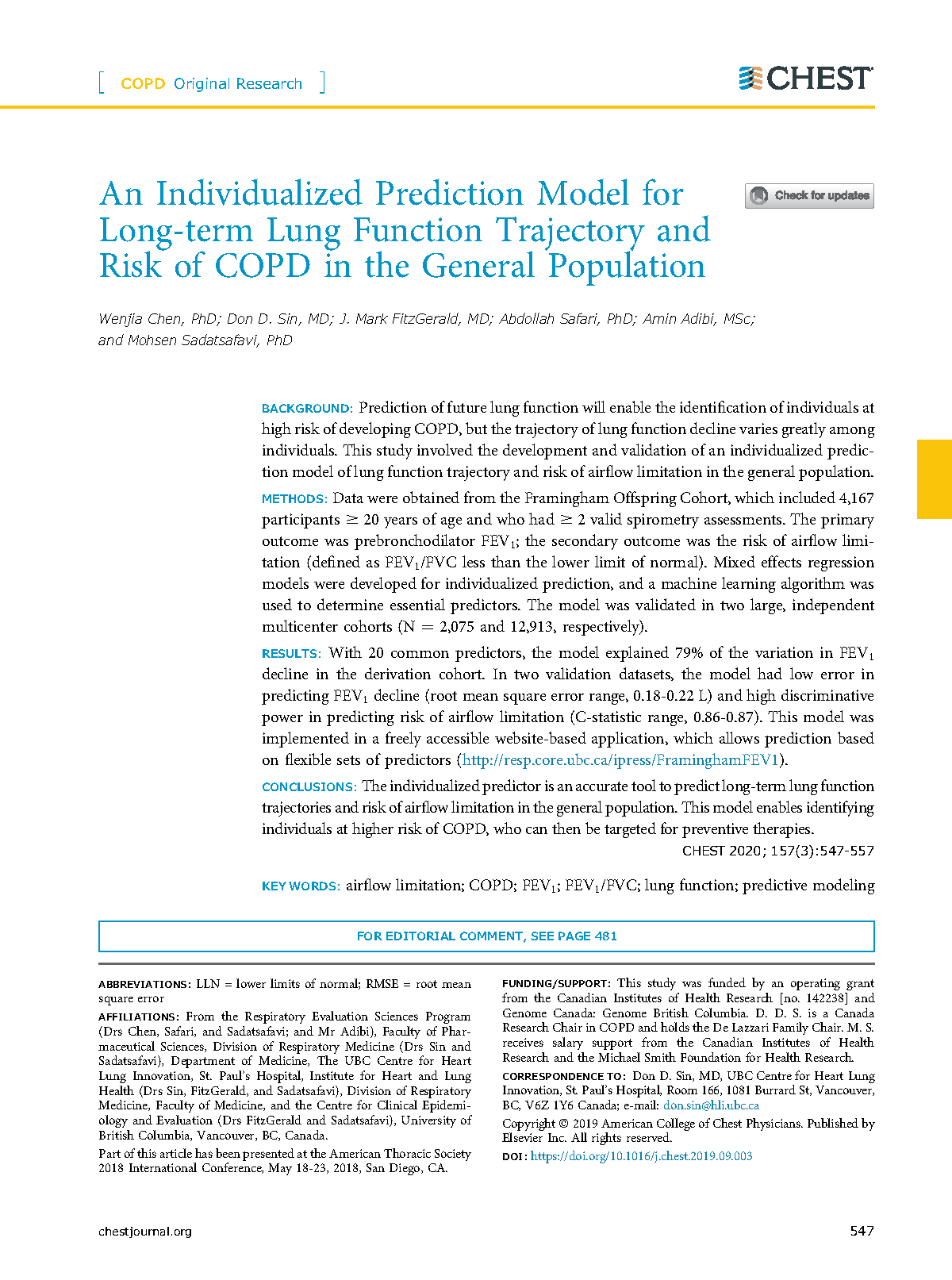
Framingham Lung Function
Can we predict which individual in the community will develop #COPD in 10 to 20 years? We might be able to.
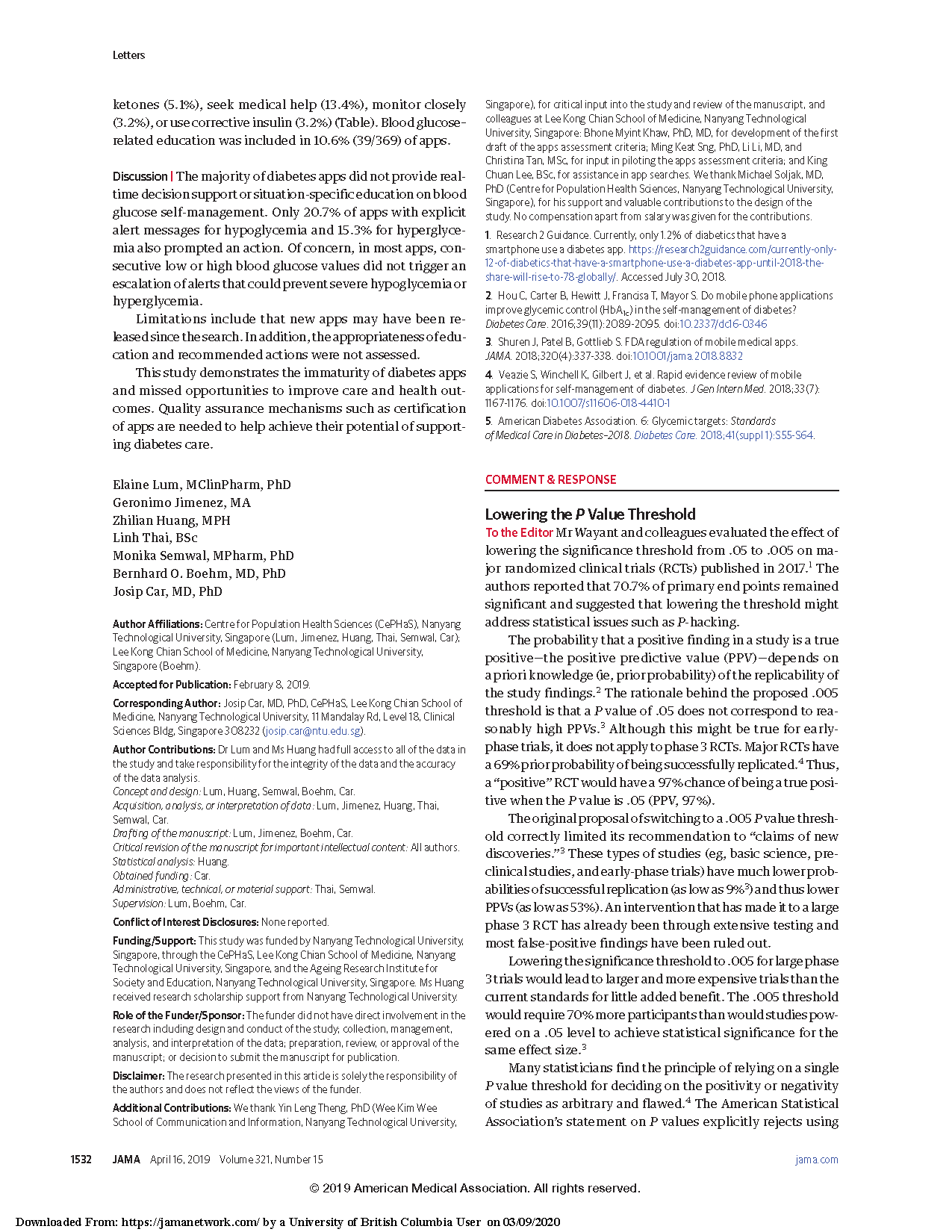
Lowering p-value threshold
Instead of relying on a p-value threshold of .05 or lowering it to .005, we have to calculate how much our p-value is worth. This is the probability that a positive finding in a study is a true positive—the positive predictive value (PPV). To make this more intuitive, we created p-meter, a web app that allows users to calculate positive predictive values based on the observed p-value in a positive trial.

Evaluation Platform in COPD (EPIC)
EPIC is the first multipurpose, open-source, outcome- and policy-focused model of COPD for Canada. EPIC is available as the R package epicR or on the cloud. See more at EPIC page on RESP.
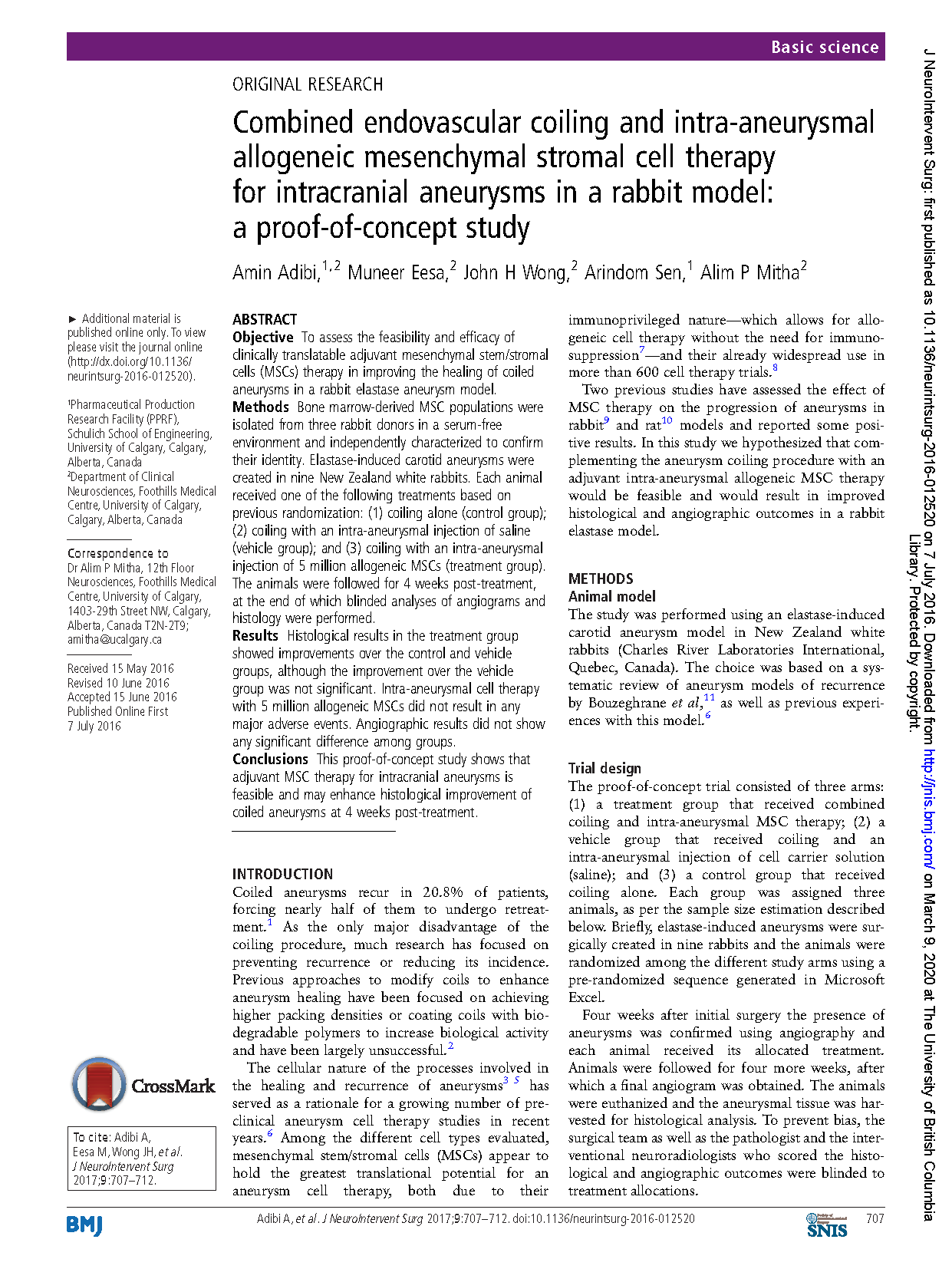
MSCs for preventing aneurysm recurrence
Mesenchymal stem/stromal cell (MSC) therapy may improve healing of brain aneurysms
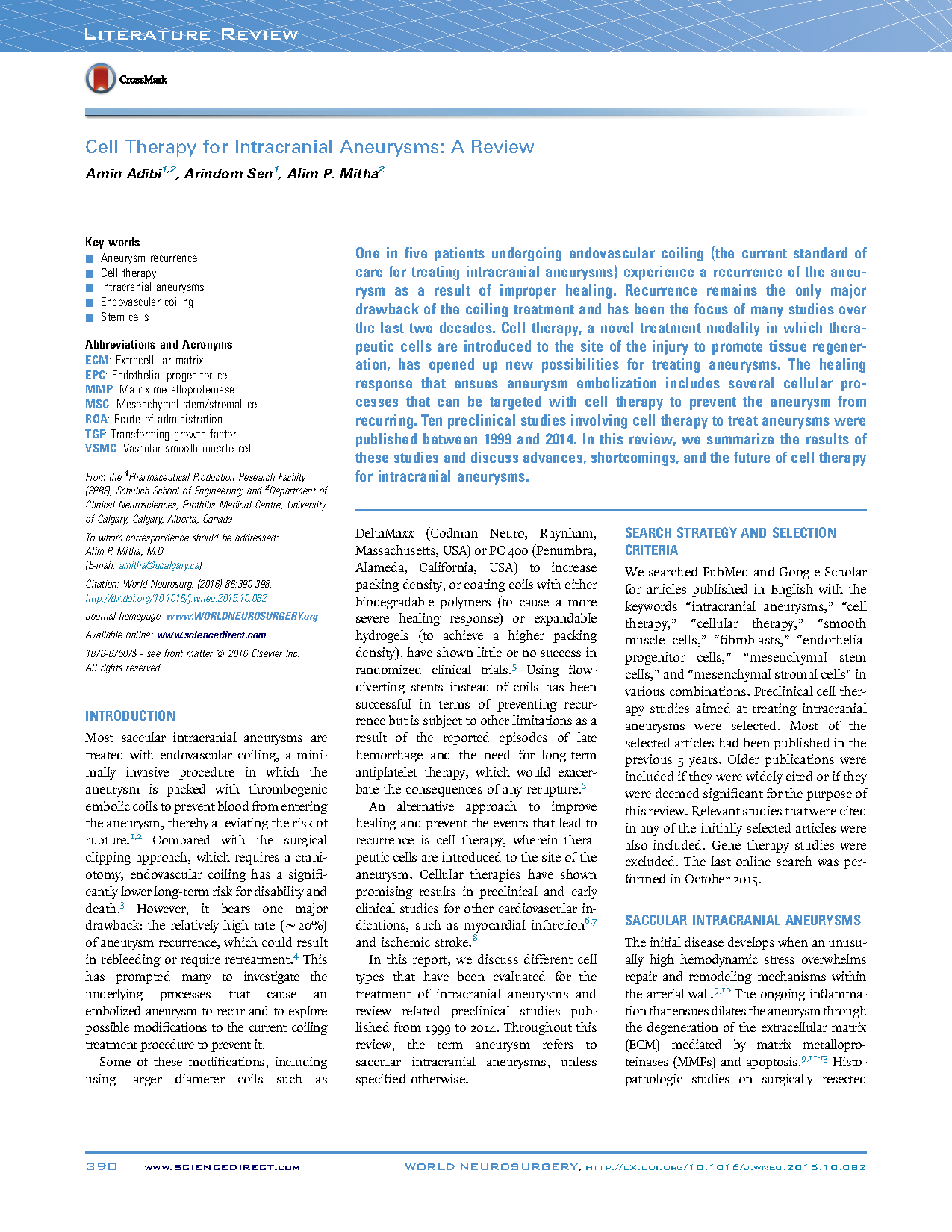
Cell therapy for brain aneurysms
Can we use cell to address shortcomings of aneurysm treaments?